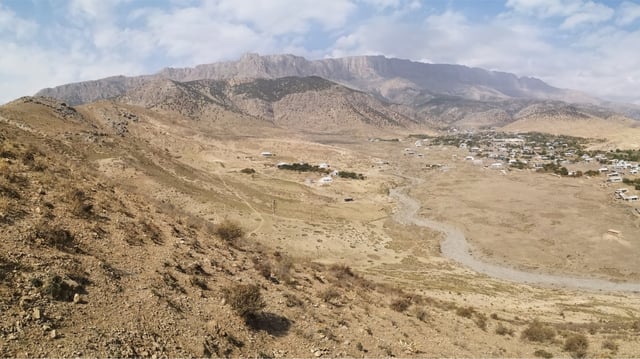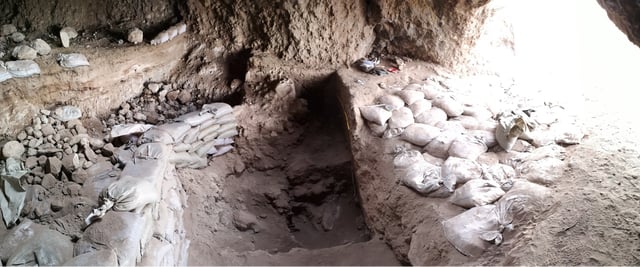Overview
- An international team led by Xinying Zhou reports that occupants of Toda Cave in southern Uzbekistan harvested wild barley at least 9,200 years ago.
- Archaeobotanical analyses led by Robert Spengler identified wild barley alongside wild pistachio shells and apple seeds from the cave’s oldest layers.
- Use-wear on limestone blades and flakes shows sickle-like cutting of plant stems, consistent with cereal harvesting technology.
- The dated evidence places cereal exploitation roughly 900 miles northeast of the Levant, broadening models of how foraging transitioned toward farming.
- Researchers plan wider surveys and further analyses to assess how common these behaviors were in Central Asia and whether the grains reflect early cultivation of morphologically wild barley.

